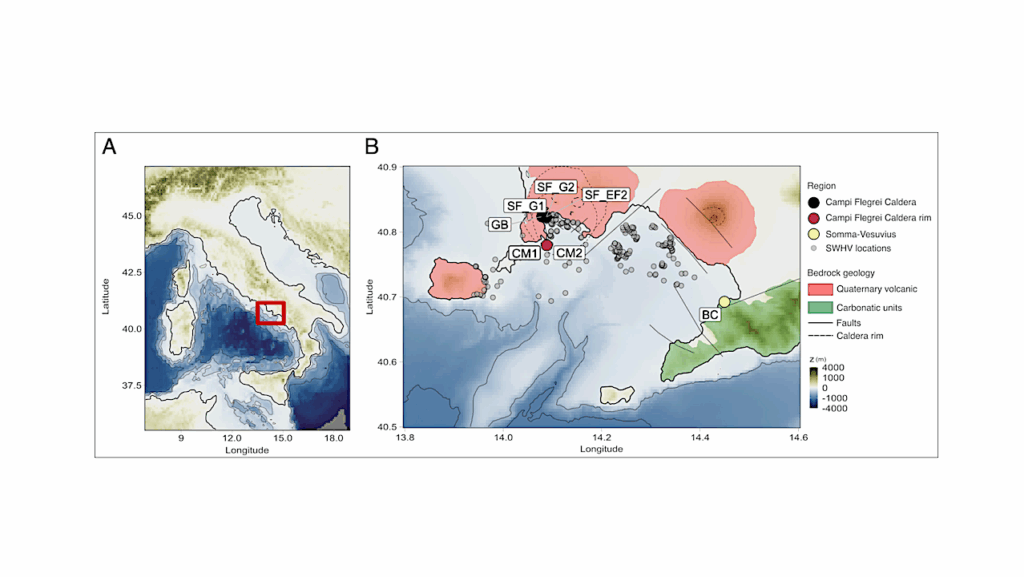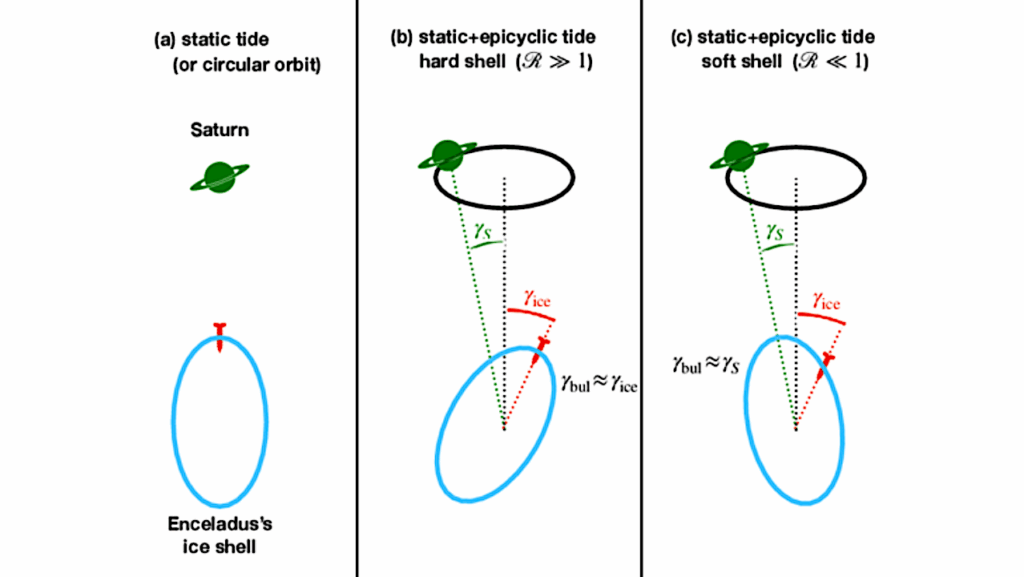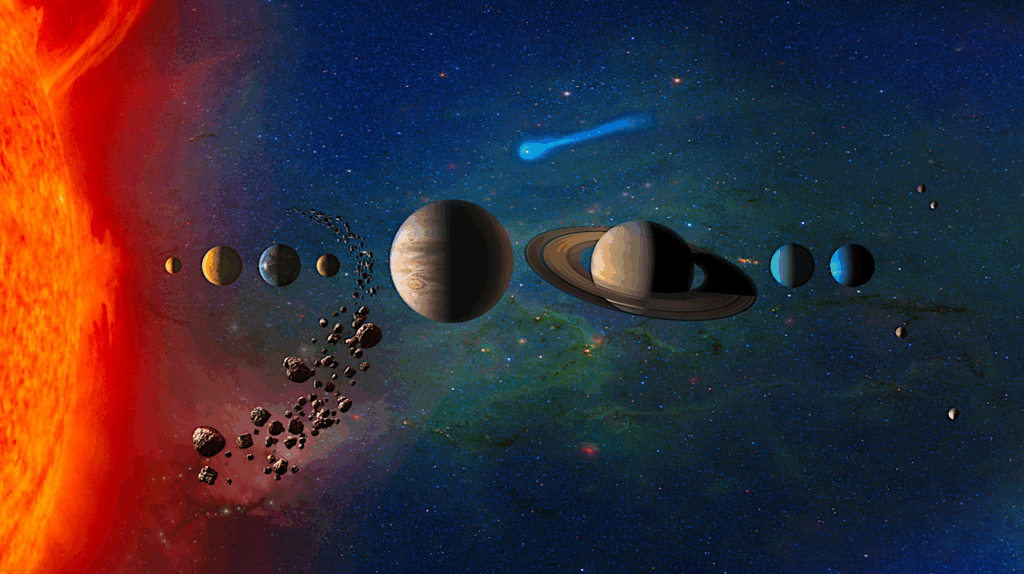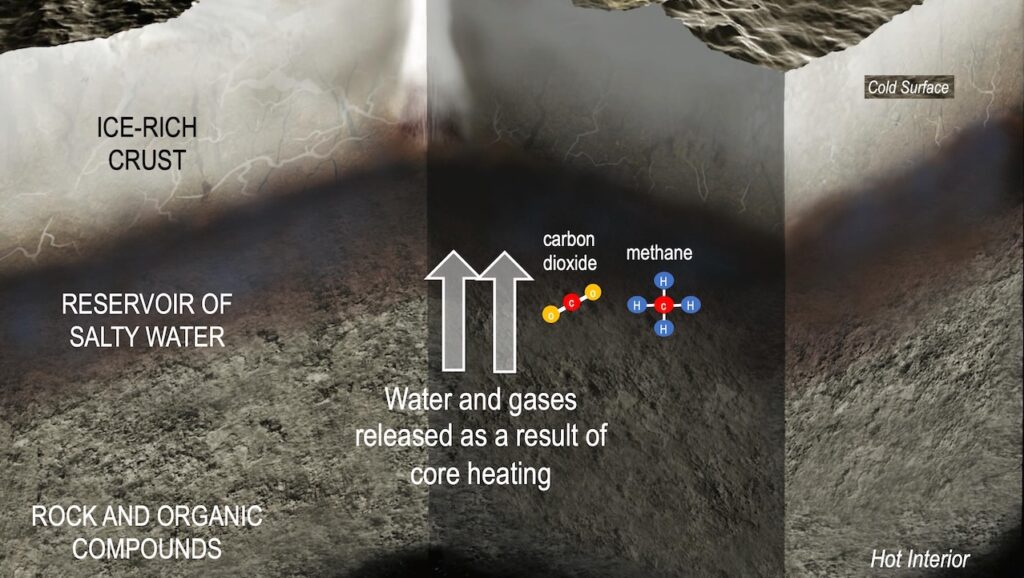The Rotational And Divergent Components Of Atmospheric Circulation On Tidally Locked Planets

Tidally locked exoplanets likely host global atmospheric circulations with a superrotating equatorial jet, planetary-scale stationary waves and thermally-driven overturning circulation.
In this work, we show that each of these features can be separated from the total circulation by using a Helmholtz decomposition, which splits the circulation into rotational (divergence free) and divergent (vorticity free) components. This technique is applied to the simulated circulation of a terrestrial planet and a gaseous hot Jupiter.
For both planets, the rotational component comprises the equatorial jet and stationary waves, and the divergent component contains the overturning circulation. Separating out each component allows us to evaluate their spatial structure and relative contribution to the total flow.
In contrast with previous work, we show that divergent velocities are not negligible when compared with rotational velocities, and that divergent, overturning circulation takes the form of a single, roughly isotropic cell that ascends on the day-side and descends on the night-side.
These conclusions are drawn for both the terrestrial case and the hot Jupiter. To illustrate the utility of the Helmholtz decomposition for studying atmospheric processes, we compute the contribution of each of the circulation components to heat transport from day- to night-side. Surprisingly, we find that the divergent circulation dominates day-night heat transport in the terrestrial case and accounts for around half of the heat transport for the hot Jupiter.
The relative contributions of the rotational and divergent components to day-night heat transport are likely sensitive to multiple planetary parameters and atmospheric processes, and merit further study.
Mark Hammond, Neil T. Lewis
Comments: Accepted for publication in Proceedings of the National Academy of Sciences. 11 pages, 10 figures
Subjects: Earth and Planetary Astrophysics (astro-ph.EP); Atmospheric and Oceanic Physics (physics.ao-ph)
Cite as: arXiv:2102.11760 [astro-ph.EP] (or arXiv:2102.11760v1 [astro-ph.EP] for this version)
Submission history
From: Neil Lewis
[v1] Tue, 23 Feb 2021 15:41:02 UTC (1,670 KB)
https://arxiv.org/abs/2102.11760
Astrobiology,








